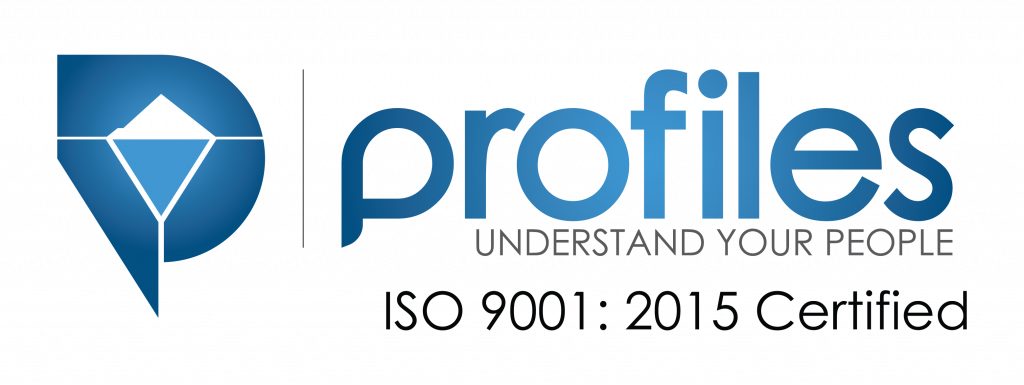Assessments can range anywhere from a free IQ test you can take online to a scientific exam that measures participant answers based on a wealth of research and history. Below is an evaluative breakdown of how the best assessment tools function, as modeled by the ProfileXT exam.
What makes an assessment thorough and reliable?
- Customizable – All companies, candidates and positions are unique. You shouldn’t be using one generalized test that overlooks the differences between one position and another.
- Based on solid scientific research – Assessments should be built on a foundation of studies, research and tests. Companies such as Profiles International have been testing their assessments and measuring the results for years, and have an expansive database to promote accurate and effective placement recommendations.
- Yields measurable results – An assessment should show measurable results, not a generic description such as “will work well in an office.” Look for assessments that pinpoint skills and personality factors, and lays out the results conclusively with indebatable statistics.
- Goes beyond transparent questions – Most job candidates are intelligent and have taken multiple employment exams. This makes it crucial to find an assessment that doesn’t use questions with obvious “correct” answers. For example, a question like “Should rules be broken when there is good cause?” will reveal more than a question like “Is it okay to use drugs at work?”
The ProfileXT assessment is a multi-purpose, total person employee assessment used for pre-employment screening, selection, development, training, managing, and succession planning. This employee assessment measures how well an individual fits specific jobs in your organization, and the results can be used during the training or succession planning stages. This assessment is customizable, and peak job performance models can be developed by company, position, manager or geography.
There are three main uses for ProfileXT.
- For self-development: To understand personal strengths and weaknesses in order to build on strengths and overcome weaknesses.
- For employment: The results of this test are evaluated on different scales based on what a company is looking for. A “success profile” for the job in question is compiled based on high-performance employees, so each job description is matched with an ideal set of results for evaluation.
- For career planning or succession planning: This exam follows a bell curve, meaning that the middle range indicates the highest concentration of scores. High scores are not necessarily good, and low scores are not necessarily bad.
ProfileXT is customizable based on the position you are trying to fill, it’s based on solid research and years of experience, yields measurable results and asks questions that reveal important psychological traits of a candidate. Keep this checklist and example in mind when selecting the assessment tool for your succession planning or onboarding needs, and remember that it’s better to wait for the right candidate than hire a bad fit.




